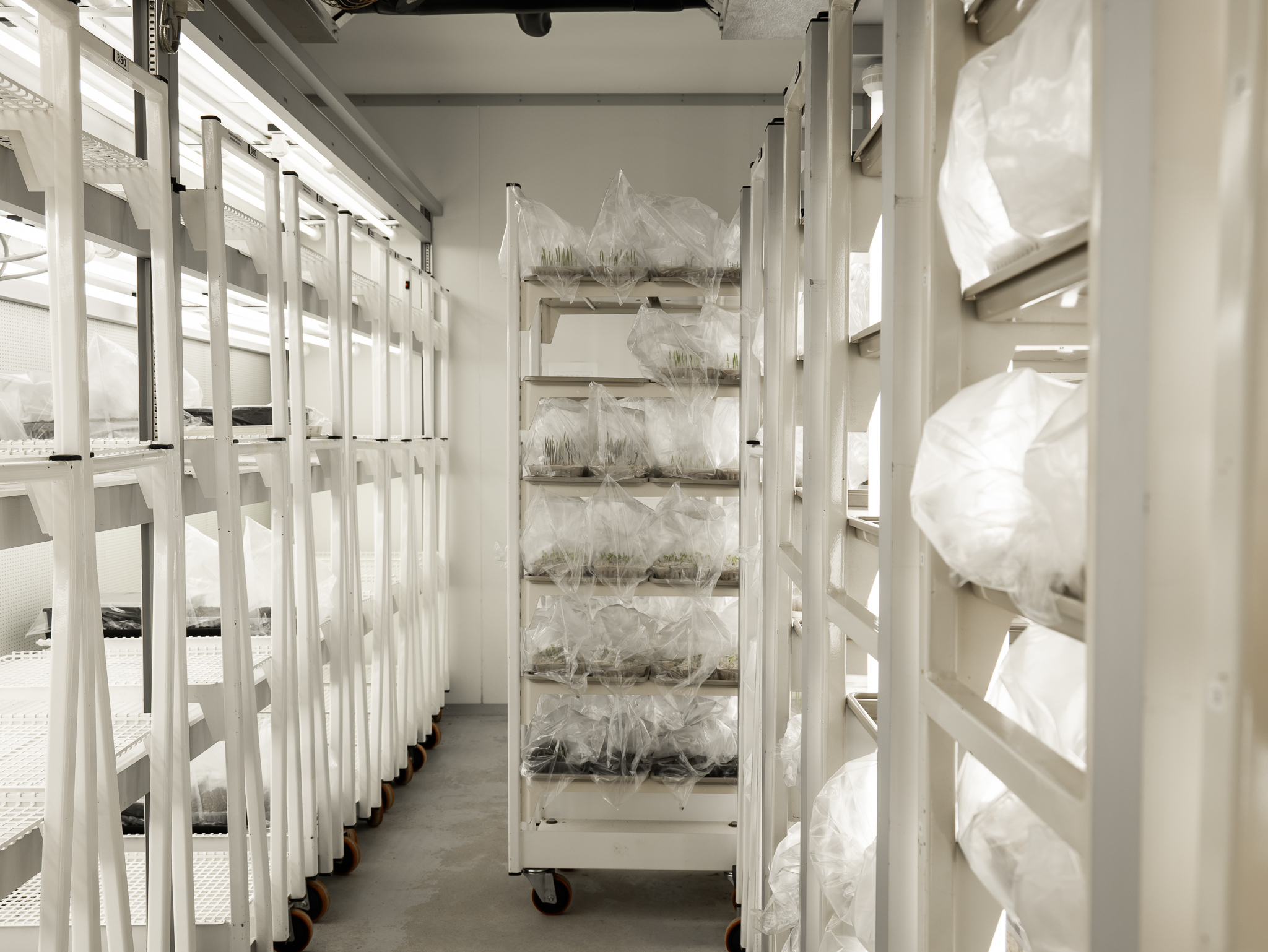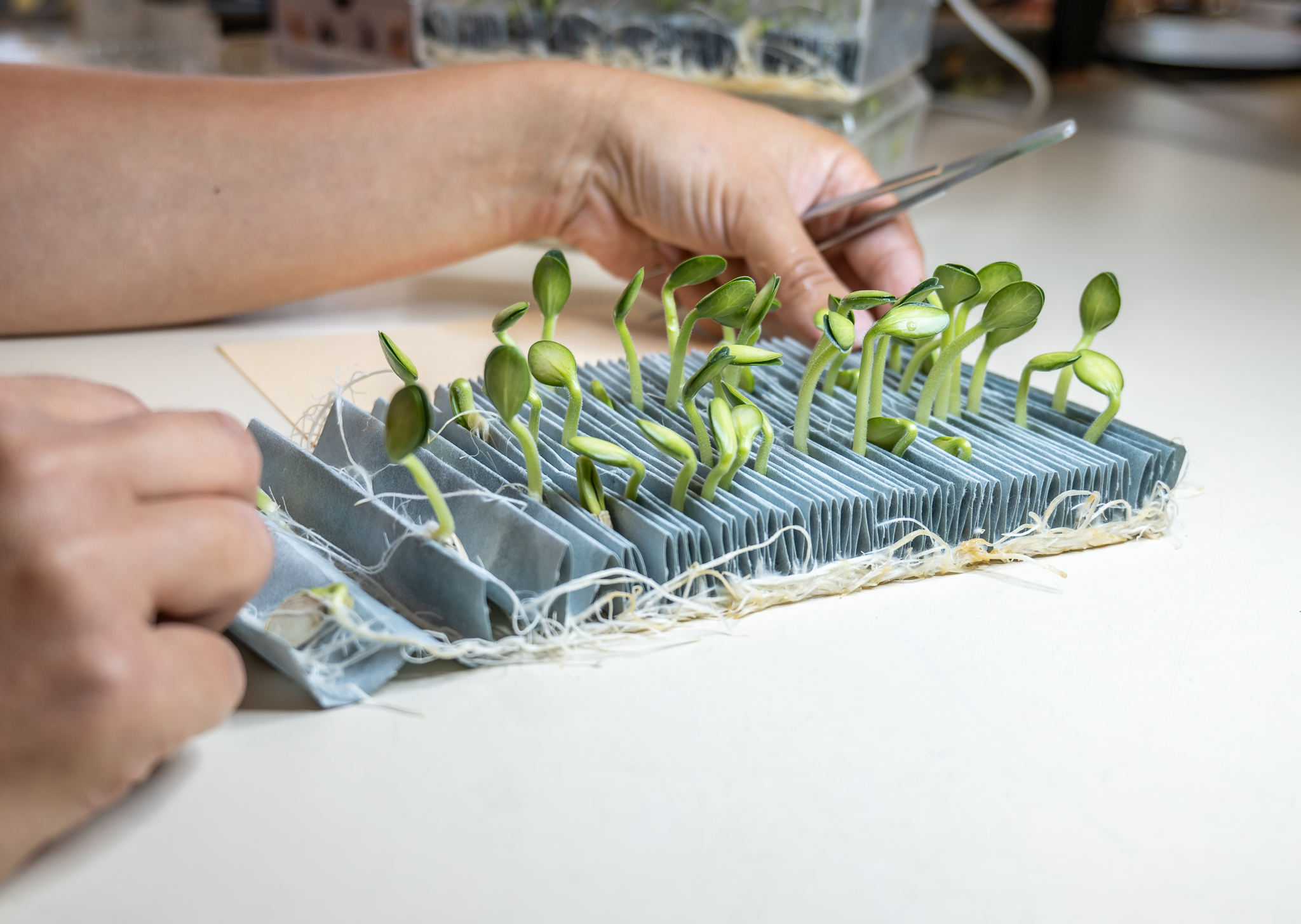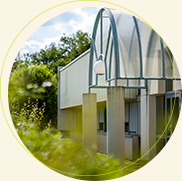
Germination conditions are adapted to each species (substrates, temperature, light, quantity of water, duration, etc.) in compliance with the methods referenced in the international rules of ISTA. The tests are carried out in one of the laboratory’s 25 climatic chambers, under permanent metrological monitoring.
After a specific length of time, defined for each species, analysts classify the seedlings into categories :
- normal seedlings
- abnormal seedlings
- dead seeds
The evaluation of normal and abnormal seedlings and of the different categories of non-germinated seeds is carried out according to the criteria set out by ISTA rules.
When necessary, a pre-treatment to break dormancy can be applied (cold treatment, KNO3 or GA3, etc.).
The results
The percentage of seedlings per category is calculated to the nearest whol number and the % of seedlings in the “normal” category is porvided as germination rate.
These results can then be compared to the thersholds in technical regulations and/or multiplication contracts.
In France, for certain species, a percentage fixed by SEMAE for the “hard seeds” category can be added to allow for the possible dormancy of the batch to be taken into account.

Other related tests and services
This type of analysis is often requested as part of full analyses on raw seed samples, but can also be requested in connection with quality assessment of seed stocks, of purchased seed batches or of seed batches from experimental plots. Etc…

